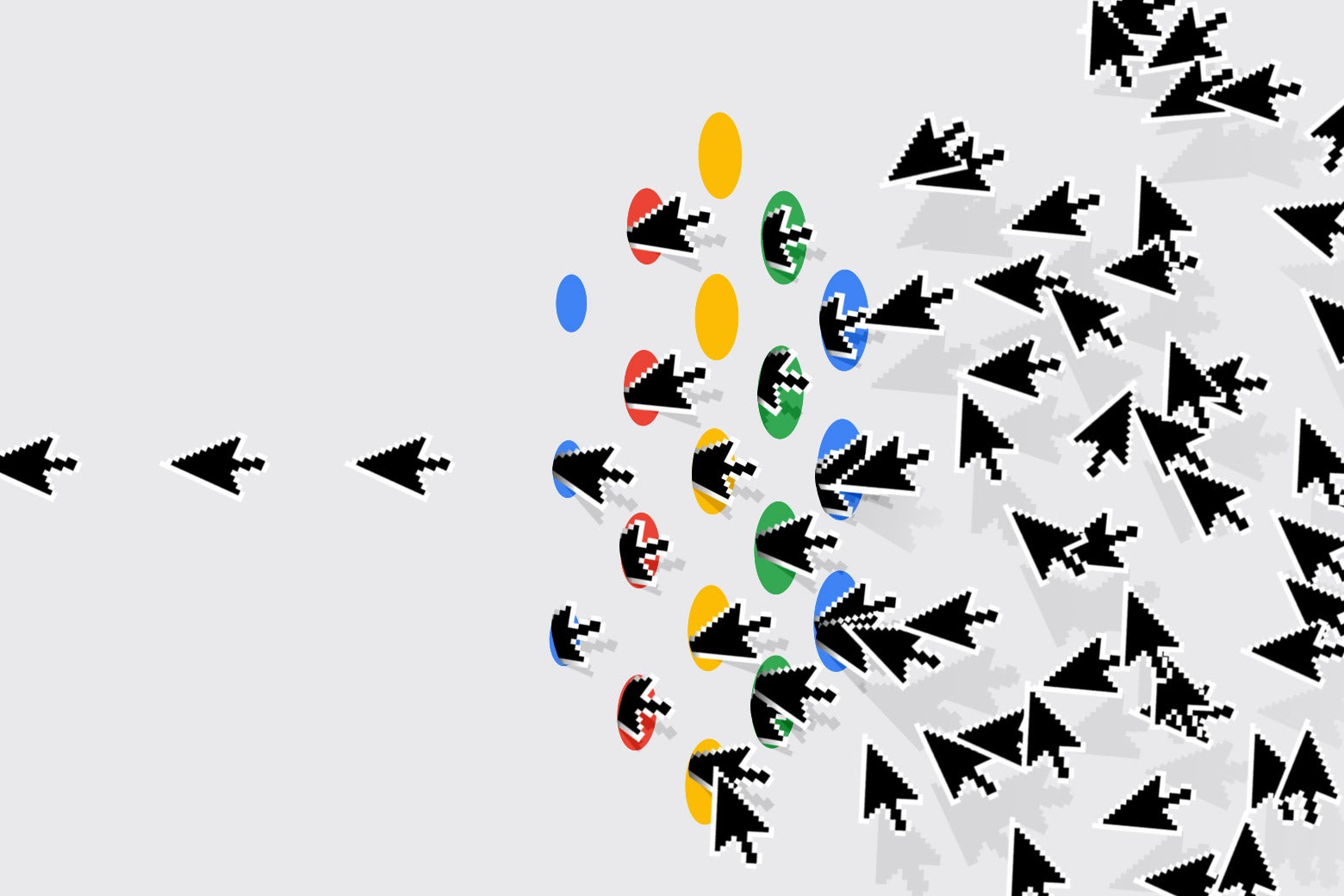
Unscientific American
Michael Shermer got his first clue that things were changing at Scientific American in late 2018. The author had been writing his “Skeptic” column for the magazine since 2001. His monthly essays, aimed at an audience of both scientists and laymen, championed the scientific method, defended the need for evidence-based debate, and explored how cognitive and ideological biases can derail the search for truth. Shermer’s role models included two twentieth-century thinkers who, like him, relished explaining science to the public: Carl Sagan, the ebullient astronomer and TV commentator; and evolutionary biologist Stephen Jay Gould, who wrote a popular monthly column in Natural History magazine for 25 years. Shermer hoped someday to match Gould’s record of producing 300 consecutive columns. That goal would elude him.
In continuous publication since 1845, Scientific American is the country’s leading mainstream science magazine. Authors published in its pages have included Albert Einstein, Francis Crick, Jonas Salk, and J. Robert Oppenheimer—some 200 Nobel Prize winners in all. SciAm, as many readers call it, had long encouraged its authors to challenge established viewpoints. In the mid-twentieth century, for example, the magazine published a series of articles building the case for the then-radical concept of plate tectonics. In the twenty-first century, however, American scientific media, including Scientific American, began to slip into lockstep with progressive beliefs. Suddenly, certain orthodoxies—especially concerning race, gender, or climate—couldn’t be questioned.


















/cdn.vox-cdn.com/uploads/chorus_asset/file/25406819/STK051_TIKTOK_CVirginia_D.jpg)


